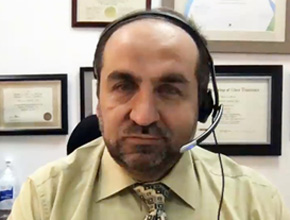Dr Susan Kahn is a professor in the Department of Medicine at McGill University, codirector of the Canadian Venous Thromboembolism Research Network (CanVECTOR), and founder of the McGill Thrombosis Fellowship.
What is the current role of mechanical venous thromboembolism (VTE) prophylaxis?
Susan Kahn, MD, MSc: Mechanical prophylaxis has been less well studied in medical inpatients compared to surgical inpatients. Generally in our guideline its use is reserved for patients who are not able to receive pharmacologic prophylaxis because of an increased risk of bleeding or because they already have active bleeding.
However, once the risk of bleeding or the active bleeding resolves, it is recommended that any mechanical prophylaxis that might have been started be switched again to pharmacologic prophylaxis, as the pharmacologic prophylaxis is simply more effective than any form of mechanical prophylaxis.
 English
English
 Español
Español
 українська
українська











